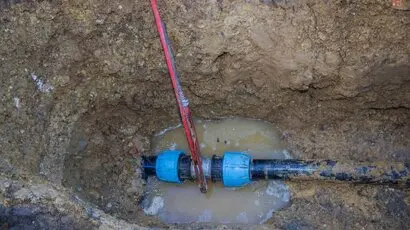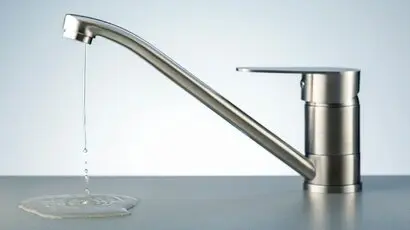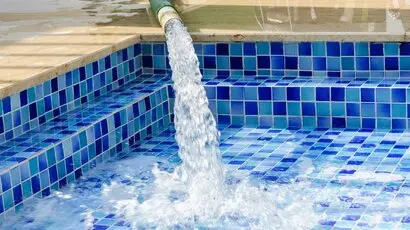How To Detect And Repair A Leaking Pipe
Leaking pipes can cause significant damage to your home if left unaddressed. In this guide, we will answer your top FAQs and provide you with everything you need to know to detect and repair a leaking pipe.
Leaking pipes rank right up there with clogged drains as one of the most frequent plumbing headaches.
They can occur due to various causes, such as gunk stuck in the pipes, high water pressure, tree root intrusions, etc., and can take a long time to be detected. However, such leaks can lead to bigger problems if not checked in time.
This guide zeroes in on how to detect a water leak from a leaky pipe and sort it out. Plus, we’ll throw in some tips to help you prevent these issues from cropping up in the first place. Let’s dive in!
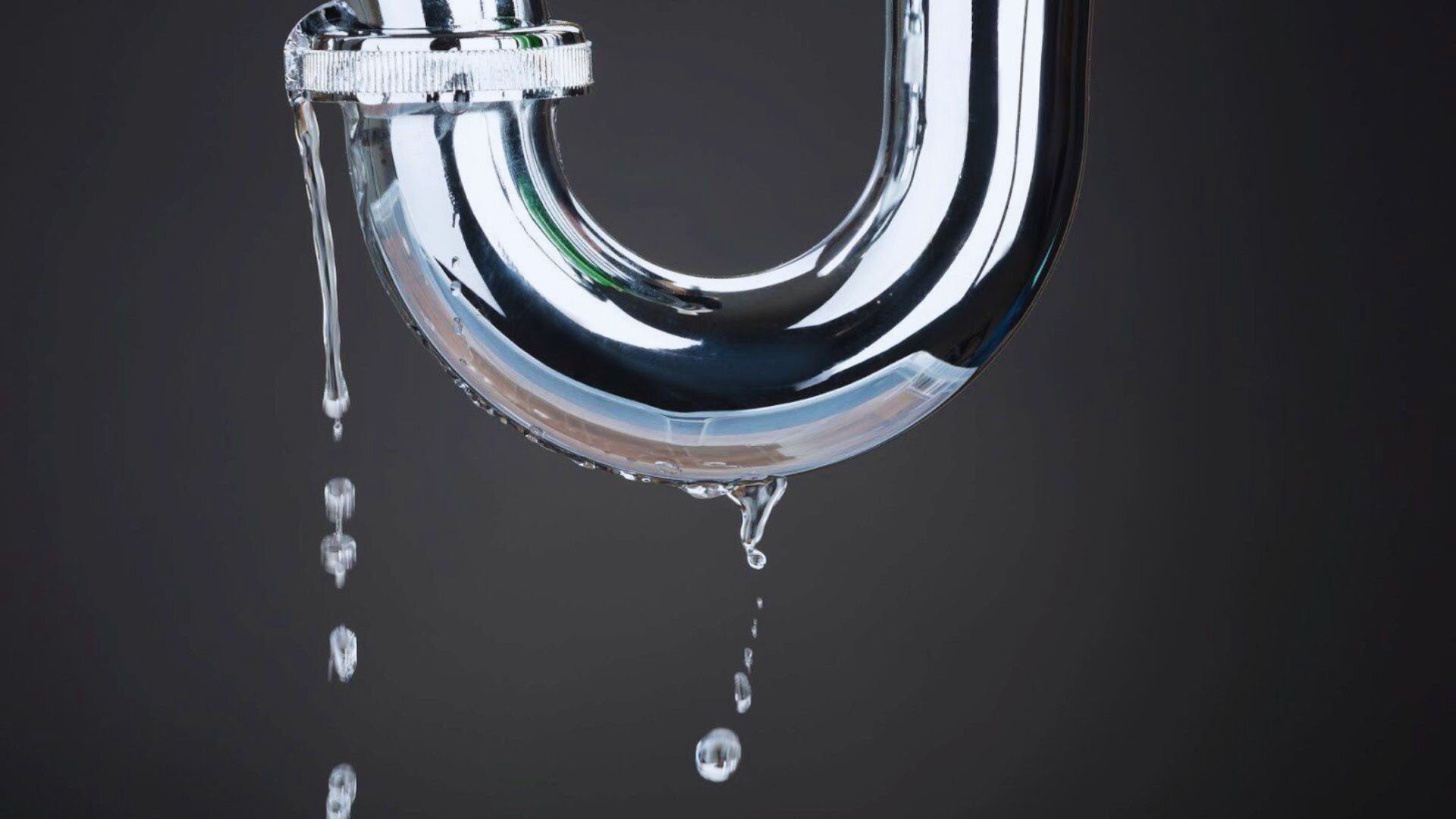
If you notice any mould or mildew on walls, floors, or ceilings, the chances of a water leak from a damaged pipe are high. Damp patches on such surfaces also indicate a water leak.
Since mould in your shower or bathroom can be a health hazard, it is crucial to identify and fix the leaking pipe as soon as possible. But sometimes mould and mildew may not be visible as they grow within the walls. In such instances, you can detect a musty smell in the area, or water leaking from pipes may pool in one place and stagnate, leading to the odour.
Alternatively, you may notice wet stains on walls, ceilings and floors, another sign of plumbing leaks. Water dripping continuously in the toilet bowl or from the toilet tank can also indicate a pipe leak.
Clogged plumbing can lead to overflowing water, a common cause of water leaks. Such leaks may eventually lead to the pipe bursting if not repaired in time.
Plus, your plumbing system may have become old and corroded. Corrosion can damage pipes, resulting in water leaks, and is most common in older houses. Another common cause of a water leak is water flowing at high pressure through plumbing pipes.
Tree roots that grow into the plumbing system can also result in an underground pipe leak. They can enter the piping through the tiniest cracks and start growing inside, leading to considerable damage.
There are two ways to resolve plumbing problems like water leaking from a damaged pipe. You can use DIY techniques to repair the leaking pipe yourself or hire a plumbing professional.
DIY techniques are most suitable for minor problems, such as water leaks caused by damaged or old fixtures, like taps and faucets. Such techniques only require a little skill and can help save a lot of money.
That said, fixing a leaking pipe isn’t always straightforward. Hidden leaks in supply pipes behind walls or ceilings can be tricky to spot. In such scenarios, it’s wise to call in the professionals. They’ve got the necessary tools and know-how to tackle the job safely.
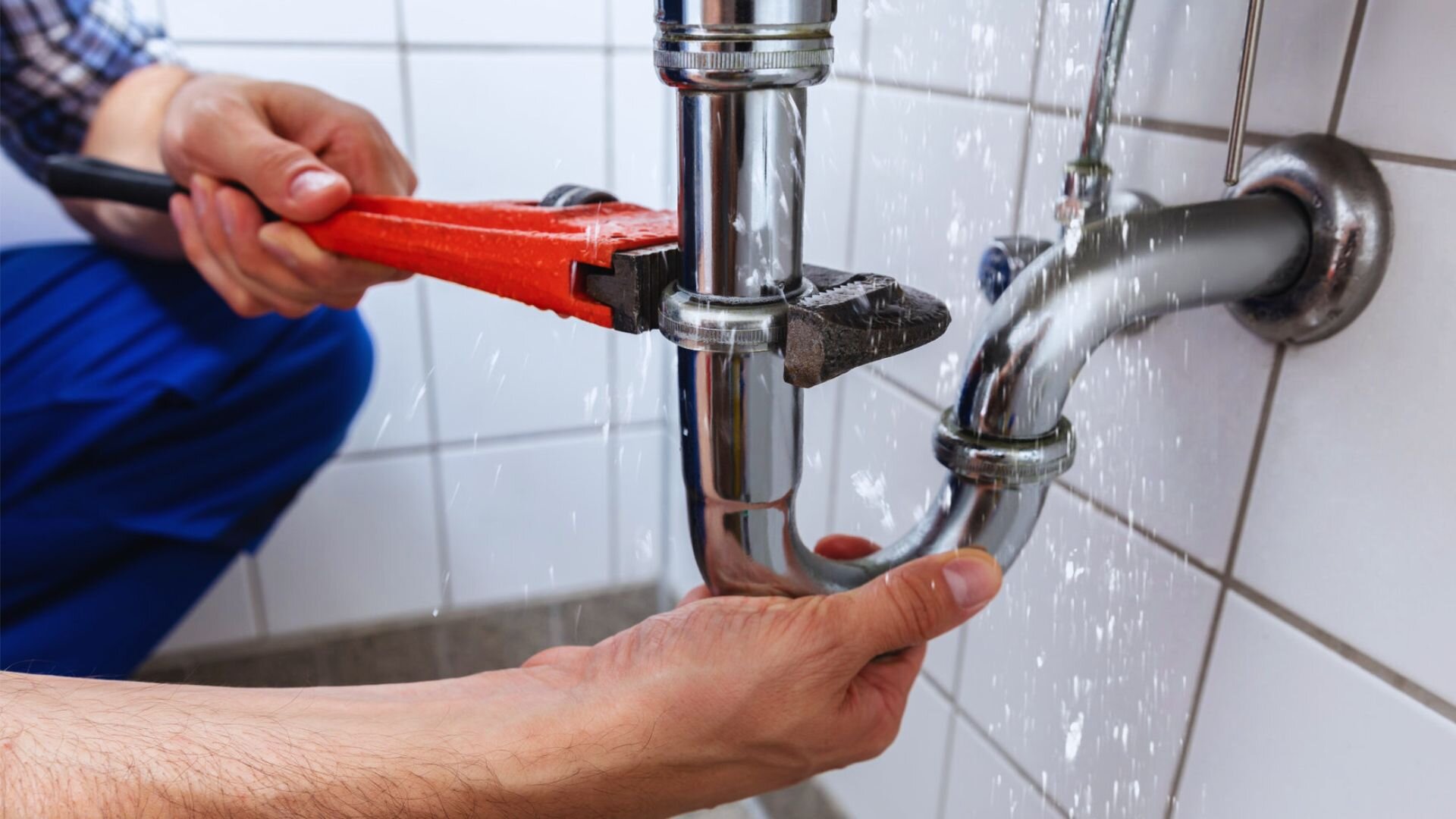
If you’re planning to repair a leaking pipe using DIY techniques, some standard tools you may need include:
Spotting a leak becomes a breeze once you pick up on tell-tale signs like mould on your walls or ceilings, discolouration, or that unmistakable musty smell. After you’ve pinpointed the leak, you can repair it using different methods based on the cause.
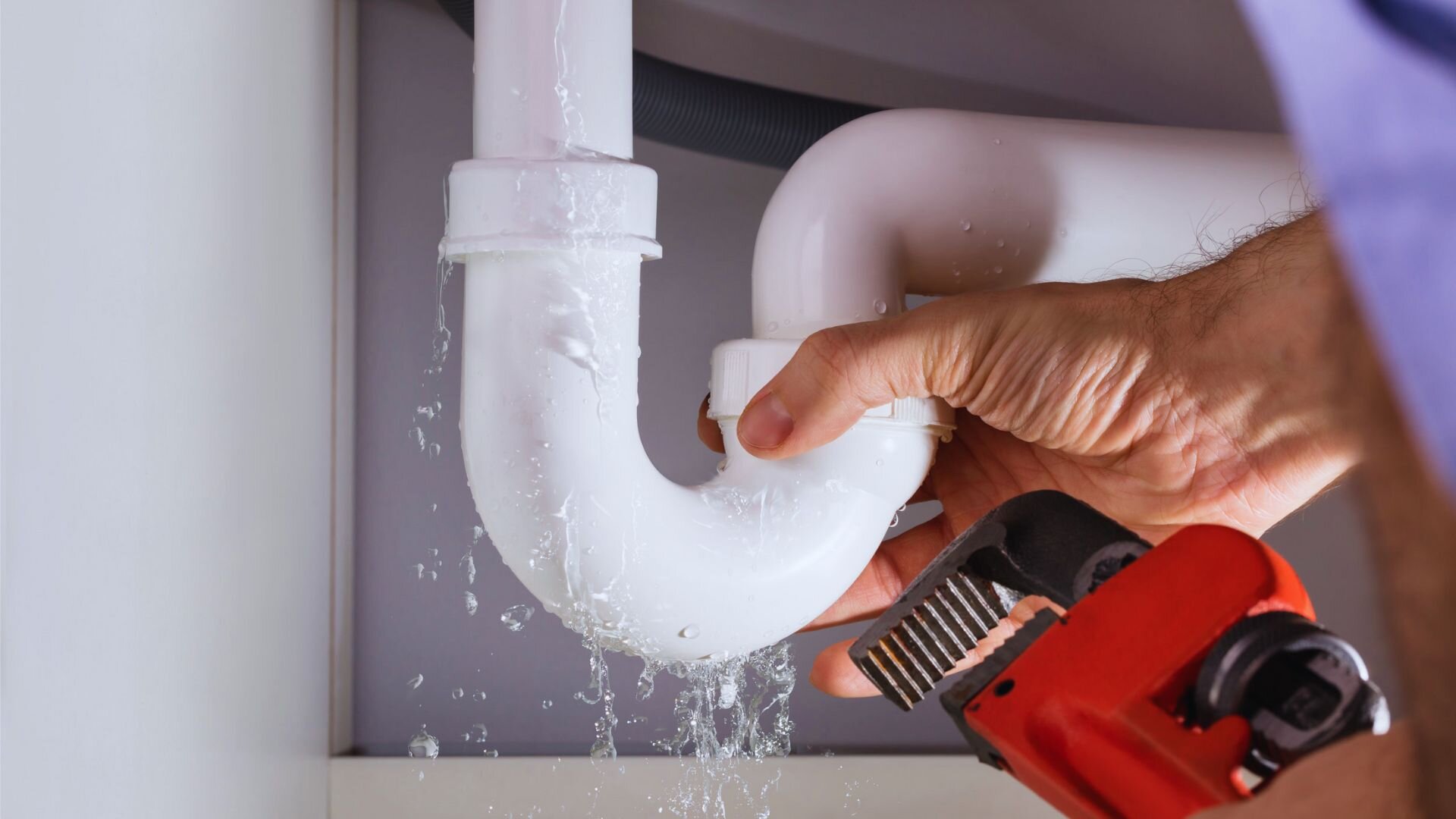
A running water meter can indicate a leak, so look for the signs mentioned above to locate the source of the leak.
Before you get cracking on fixing that leak, make sure you turn off the water supply at the mains. You’ll usually find this in the garage or near the water heater.
Sometimes, pipe leaks are caused by loose coupling nuts, which can be tightened using a hand wrench. Alternatively, the watertight seals may have worn out and need replacing by disassembling the fixture and applying plumbers’ tape.
Once the repairs are complete, turn the water supply back on and check whether the water is still leaking. If the problem is not resolved, some other plumbing issue may be causing the leak.
Regular maintenance is the best and most effective way to prevent plumbing leaks and can help prevent situations from getting out of hand. Also, installing a pressure regulator on the main line can help reduce the water pressure and avoid water leaks.
You can also avoid using commercial-grade drain cleaners, which can eat through the pipes and lead to leaks.
Early leak detection is the best way of preventing pipe leaks in your home. And with the signs mentioned above, detecting such leaks should be easy. If you’ve seen a minor water leak, it can be dealt with using DIY techniques, though in the cases of hidden water leaks, professional help may be needed.
Additionally, sometimes leaks may indicate a bigger problem with the plumbing system, which is why it is a good idea to take the help of a professional plumber. They can help identify any other plumbing problems and suggest the best ways of dealing with them. So, contact your nearest plumber today!
A pipe dripping water at one drip per second can waste up to 3,000 gallons of water annually.
Leaking pipes can cause property damage worth thousands of dollars. Also, leaks can increase the chances of exposure to asbestos, a major health hazard. And leaking water containing cleaning chemicals or detergents can harm the environment.
If your water meter is constantly running even when all taps and faucets are off, there is a high chance of a water leak. How quickly the metre runs will often determine the size of the leak.
The time required to fix a leaking water pipe using DIY techniques will depend on the cause, location and size of the leak. Generally, more minor leaks can be set in one to two hours, while larger ones may take longer.
One of the simplest fixes is to apply some epoxy putty right where the leak is. It’s straightforward and gets the job done.
Don’t let leaking pipes ruin your day - or your wallet. With these five essential tips, homeowners can prevent plumbing mishaps and keep their pipes in top condition.
Say goodbye to leaking taps and high water bills. Our ultimate guide walks you through replacing tap washers and preventing future leaks like a pro. Find the tools, materials, and techniques needed to replace a tap washer and end the annoying drip of a leaking tap.
You don’t have to deal with leaking pipes in your swimming pool! Learn how to repair leaking pool pipes with our comprehensive guide effectively. From identifying the source of the leak to step-by-step repair instructions, we’ve got you covered. Say goodbye to pool pipe leaks and hello to a pristine swimming experience.
